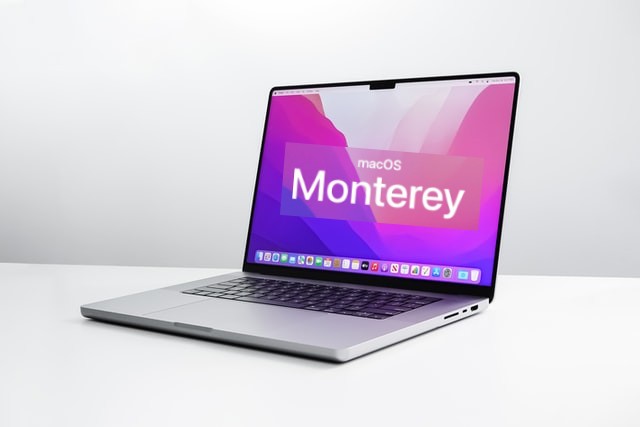Have you recently updated to macOS Monterey but despite what was expected, Mac running slow after update? A lot of users have reported the same, this happened with the other updates as well. The main reason behind the macOS Monterey running slow problem is the full storage. Other reasons include the compatibility issue with your device, not installing the latest versions, and a malware infection.
Experiencing sluggish performance on macOS Monterey can be frustrating, but fear not, as we delve into a comprehensive guide to address and fix the “macOS Monterey is running slow” issue. In this insightful exploration, we’ll uncover effective strategies to optimize your Mac’s performance.
To solve all of the issues, one must follow steps to cleanse your Mac. Here we have listed out all of those steps to help you with the macOS Monterey running slow issue.
How To Fix macOS Monterey Running Slow
Step 1: Check the update –
1. First you need to check if your Mac is compatible with the macOS Monterey. The list of the devices compatible with the latest macOS is given on the official website. Check it here –
https://support.apple.com/en-in/HT212551
From the iMacs, MacBook Pro, Mac mini and other devices, this list covers all of the compatible devices.
2. Second, you need to check for the macOS update if you think the Mac running slow after update issue persists.
- Go to the Apple Menu icon
- Select the System Preferences.
- Here click on the Software Update.
- Now you can see the Upgrade Now or Update Now options if any.
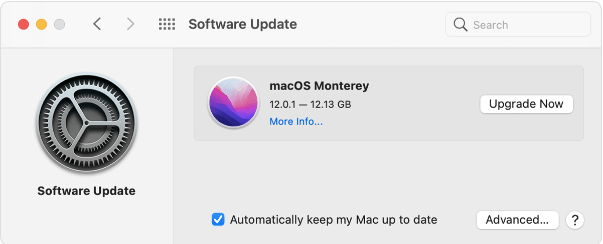
Clicking on Upgrade Now will download the software upgrade such as macOS Monterey. While the Update Now will show you any of the latest updates to the software.
Make sure you click on the available option as it is possible a new released update is awaited. That could be the cause of the unstable and slow Mac.
If you have no updates shown in this section, then you must move on to the next step.
Step 2: Clean your Mac
The big reason for macOS Monterey running slow is the full storage disk space. Any machine when overloaded will take time to perform tasks. Therefore, you need to take a good look at the storage and manage the files and applications which are taking up space.
To manually optimise your Mac, go to the Apple icon> About this Mac. Now click on Storage and Manage, you can see the Recommendations to clear the unwanted items and Optimise Storage.

Another option to quickly clean the unwanted items from your Mac is to use the third party Mac cleaners. You can get CleanMyMac and get rid of the unwanted junk files and applications.

Free up RAM with the Maintenance feature on CleanMyMac and let your Mac gain speed. This will quickly fix your Mac running slow after update problems as it will wipe out the unused memory and make space for new processes.
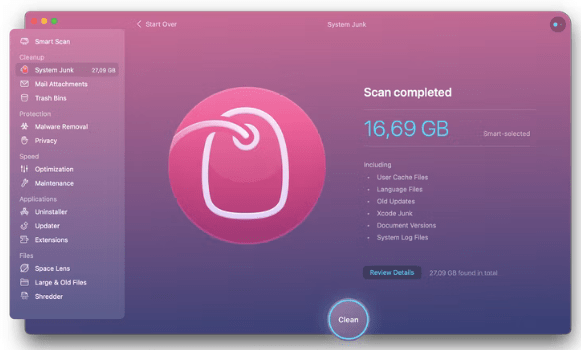
Start with removing the duplicate, junk, temporary, user and system cache and logs, language files. Then find out all the unwanted and old downloads using the System Junk Cleaner. You can also empty the Trash bins and remove the Mail attachments.
Now go to the Uninstaller which will show you the list of all applications present on your Mac. It helps you make a decision on which applications are unnecessary and you can remove them along with all related files.
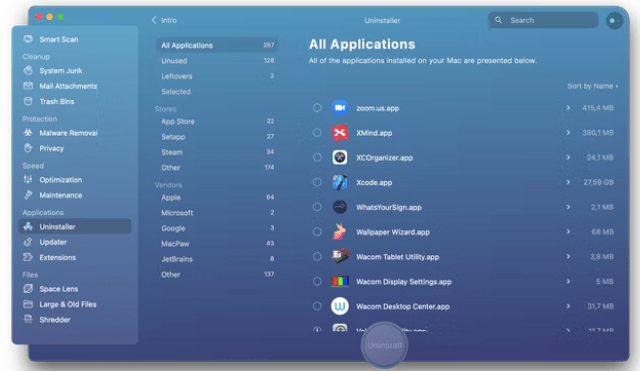
Step 3: Manage Login Items
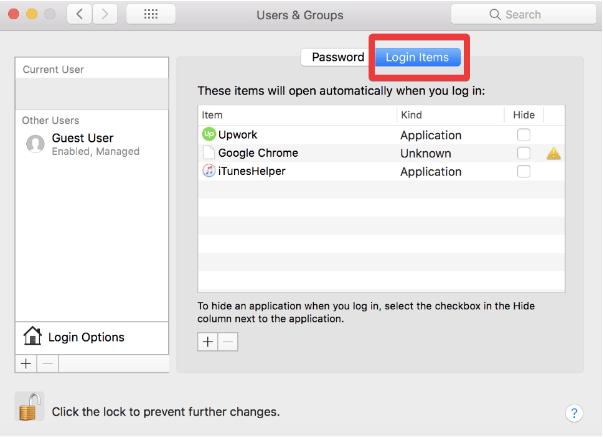
Another of the macOS Monterey problems could be the longer boot time. It can also be fixed by managing the Login Items. Manually you can do it with Users & Groups which is placed under the System Preferences option.
- Click on the name of your account and then you can view the Login Items.
- Here remove the unnecessary items from the list of the login items.
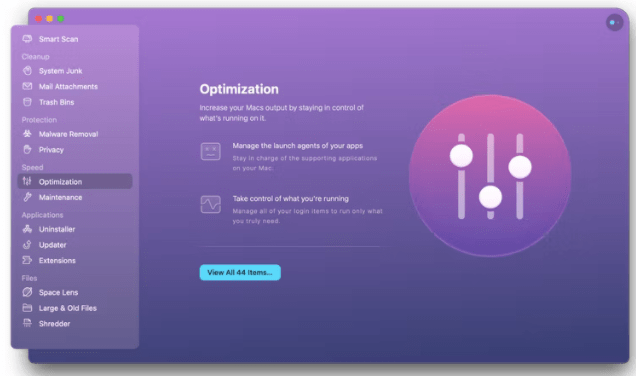
You can also use CleanMyMac to manage the login items. It will list out all of the application launching at the boot time of your Mac, select the ones not needed and then click on Remove.
Step 4: Check for Malware
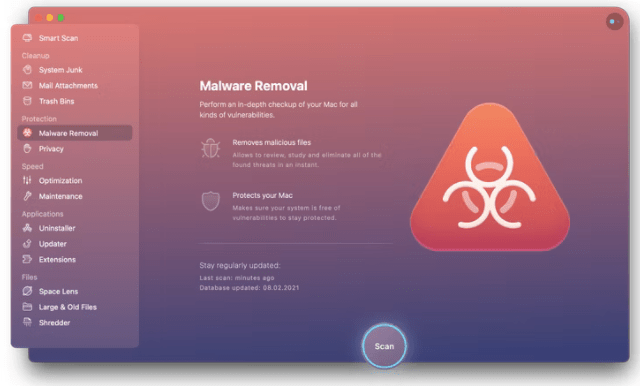
If your Mac is running slow even after you have completed each one of the steps above, the possibility of malware can not be ruled out. So, you can use any of the good anti-malware tools to help you look for any malicious files.
As the malware tends to slow down the Mac while hiding in plain disguise. We recommend using the CleanMyMac as it comes with an effective Protection Module to work against the Malware. Run the Malware Removal to detect and delete any such harmful file from your Mac.
Step 5: Check Background app activities –
It is possible that your device is slow due to a large number of background processes. The applications which are closed can sometimes be running some updates such as for a browser it could be an update. It is important to check for the Mac users to check the Activity Monitor, which is a task manager for Mac.
Step 1: Go to the Finder and find Applications and then look for Utilities.
Step 2: Open Activity Monitor from here.
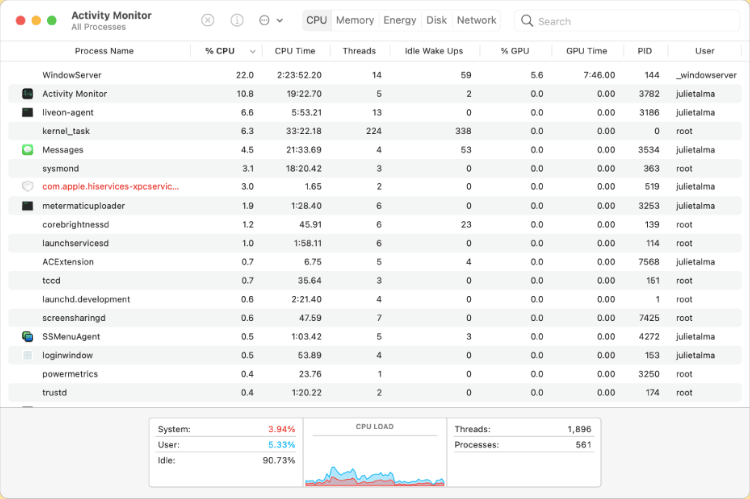
Step 3: Check for the % in front of the application processes which are taking up too much CPU usage.
Step 4: Click on the close button for the ones hogging on your CPU.
Now, recheck if the macOS Monterey slow issue keeps persisting.
Step 6: Reset PRAM/NVRAM
Parameter Random Access Memory or PRAM is the memory which is storing important details about your Mac. The information on the system settings such as Display, Time, Volume are saved. Non-volatile Random Access Memory or NVRAM is just the updated name for PRAM. When you are troubleshooting on Mac, it is considered for resetting.
Step 1: Shut down your Mac.
Step 2: Turn on your Mac and as the chime sound is heard, quickly press these keys on your keyboard – Command + Option + P + R.
Now, keep holding it for a few seconds until another chime sound is heard.
Step 3: Release the keys and the Mac will continue to boot.
It will reset NVRAM/PRAM for your Mac. Check for the problem on macOS Monterey with the speed with your normal operation now.
Step 7: Reset SMC –
In order to correct the speed on your Mac, once try resetting SMC (System Management Controller). To do so, follow the steps –
Step 1: Shut down your Mac.
Step 2: Now connect to the power supply.
Step 3: Now press these keys on your keyboard – Shift + Control + Option with the Power button. Keep pressing for 10 seconds until your Mac is turned on.
Now, the SMC on your Mac will be reset and you might see the difference in the speed of your device.
Step 8: Check WiFi –
Sometimes, you might be feeling slow speed on your macOS Monterey because of the internet connection. Say you are browsing or streaming videos or playing games on dedicated applications, and then seem to see the slow speed.
It could be possibly just a slow internet connection speed and nothing to do with your Mac. Check for your internet connection and restart WiFi or get the information for any server down online.
Step 9: Adjust UI –
You might not agree to this, but the bright screen, wallpapers and other display parameters can be causing slow speed on your device. The Mac might be slow due to the user interface and you can confirm it by checking the settings.
Step 1: Go to Apple Menu> System Preferences> Accessibility.

Step 2: Here check with the Display.
Step 3: If not already marked, select Reduce motion and Reduce transparency.
It will help you in reducing the resources put to use the sound effects and visual effects which tend to slow Mac.
Frequently Asked Questions
Q1. Why is my Mac so slow with Monterey?
The reason why Mac running slow after update is that some of the applications are eating up more resources. After the update some of the older machines also tend to slow down the Mac. Try to keep your Mac clean and remove the unwanted applications and files from it.
Q2. Why is my Mac suddenly running so slow?
If you have been facing macOS Monterey problems and have recently updated, that could be the reason. Also try to clean up the clutter from your Mac which is mostly the reason for slow performance.
Q3. Why is my Mac so slow all of a sudden 2024?
Mac with the macOS Monterey running slow problem is most common among the Apple users. A lot of people don’t notice that their Mac is filled with unwanted, redundant items and you need to get rid of them. Use a Mac Cleaner app and remove the unnecessary files and applications.
Q4. Does macOS Monterey speed up the computer?
If you have enough space in the storage disk on your Mac, then after updating to the latest update you can see a change in speed. macOS Monterey works best with the newer Mac machines.
Q5. Will macOS Monterey slow down my Mac?
Before upgrading the macOS, check the compatibility with your device on Apple’s official website. Also declutter the storage disk before and once after the updates and this will help you with the speed of your Mac.
Q6. Is macOS Monterrey stable?
Yes, Apple keeps releasing the updates for its macOS upgrades and now you can enjoy the stable version of macOS Monterey. Check for the updates as a pending update for the macOS Monterey could be the reason for the slow Mac.
Conclusion
Dealing with a sluggish macOS Monterey can be frustrating, but troubleshooting methods like optimizing system resources, managing startup items, and identifying resource-intensive apps can help address the slowdown.
Moreover, updating to the latest version, clearing caches, and performing maintenance tasks like resetting SMC or PRAM might significantly improve system performance. Don’t forget to consider hardware upgrades if necessary, ensuring your Mac meets the demands of Monterey for a smoother user experience overall.
Also Read

